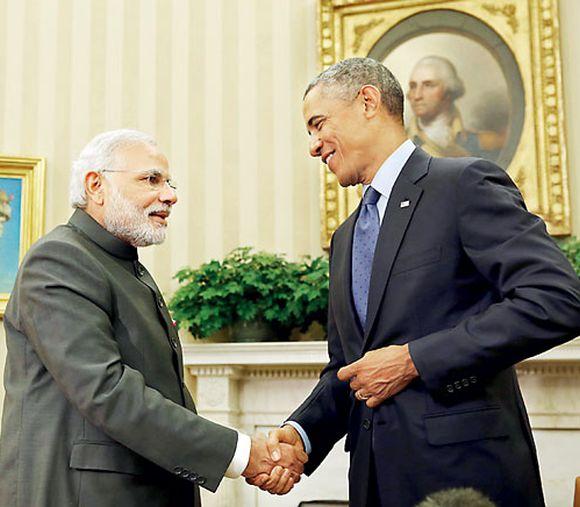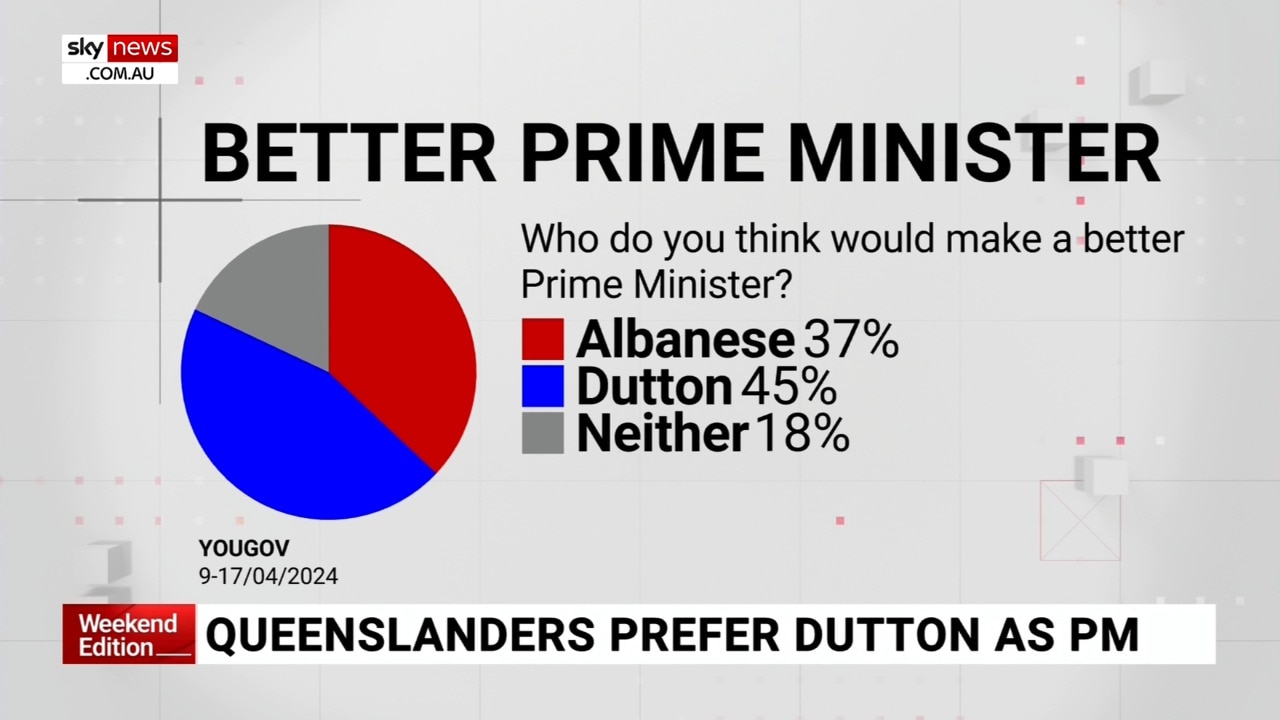US-China Trade Deadlock: A Detailed Analysis Of The Breakthrough

Table of Contents
Historical Context of the US-China Trade War
The escalating trade tensions between the US and China didn't emerge overnight. It was a gradual process marked by increasing accusations of unfair trade practices, intellectual property theft, and aggressive technological competition. This culminated in a full-blown trade war, impacting global supply chains and economic stability.
- Timeline of significant trade actions:
- 2018: The Trump administration initiated tariffs on billions of dollars worth of Chinese goods, citing unfair trade practices. China retaliated with its own tariffs.
- 2019: Negotiations between the two countries yielded the "Phase One" trade deal, offering a temporary truce but leaving many underlying issues unresolved.
- 2020-2022: Tensions continued, with further tariff threats and disagreements on various trade and technological issues.
- Key figures involved: The trade war involved high-level officials from both sides, including Robert Lighthizer (US Trade Representative under Trump), Steven Mnuchin (US Treasury Secretary under Trump), and Liu He (Vice Premier of the State Council of China).
- Economic consequences: The trade war led to reduced trade volumes between the two countries, disrupted global supply chains, increased consumer prices, and slowed economic growth globally. Uncertainty and volatility became the norm for businesses operating in this arena.
Key Factors Contributing to the Breakthrough
Several factors contributed to a shift in the US-China trade dynamic, paving the way for a potential breakthrough. While specific details of any breakthroughs are often shrouded in diplomacy and guarded statements, some general trends can be analyzed.
- Changing political landscape: Changes in political leadership and priorities in both countries played a role. A new focus on economic recovery and domestic challenges might have incentivized a shift towards de-escalation.
- Economic pressures: The prolonged trade war inflicted significant economic pain on both nations. The costs of tariffs, disruptions to supply chains, and decreased trade volumes likely influenced the decision to seek a resolution. Pressure mounted from businesses and consumers alike.
- Role of international pressure: Other countries, deeply impacted by the US-China trade conflict, likely exerted pressure on both sides to reach an agreement, advocating for a return to stability in global trade. International alliances and collaborative efforts had a subtle, yet influential, part to play in pushing for negotiation.
- Specific concessions and agreements: While precise details often remain confidential during initial stages of a breakthrough, concessions might have involved adjustments to tariffs, commitments to increased purchases of certain goods, and agreements on intellectual property protection.
The Role of Specific Agreements and Concessions
The details of any specific agreements are crucial to understanding the true nature of the breakthrough. These agreements would likely cover various areas:
- Specific areas of agreement: Areas of agreement might include increased agricultural purchases by China, strengthened intellectual property protection, and commitments to address forced technology transfer concerns.
- Long-term implications: The long-term implications depend on the enforceability and robustness of the agreements. It requires ongoing monitoring and evaluation to ascertain whether the commitments will translate to sustainable improvements in the trade relationship.
- Sufficiency of agreements: Assessing whether the agreements adequately address underlying concerns requires careful examination. Deep-seated structural issues and underlying tensions may still exist, requiring continuous dialogue and potential further agreements to fully resolve the trade disputes.
Economic Implications of the Breakthrough
A breakthrough in the US-China trade deadlock would have significant economic consequences globally, though the specifics will depend heavily on the nature of any agreements.
- Impact on trade volumes and market access: Increased trade volumes between the US and China would positively impact both economies and benefit global trade, stimulating economic activity. Improved market access would unlock new opportunities for businesses in both countries.
- Effects on investment flows and supply chains: Reduced uncertainty and improved trade relations would encourage greater investment flows between the two countries and enhance the stability and efficiency of global supply chains.
- Changes in consumer prices and inflation: Reduced tariffs and improved supply chains could lead to lower consumer prices and ease inflationary pressures.
- Potential benefits and drawbacks for different sectors: Different sectors in both countries would experience varying impacts. Some sectors might benefit from increased exports, while others might face challenges from increased competition.
Geopolitical Implications and Future Outlook
The US-China trade relationship has broad geopolitical implications, extending beyond the economic sphere.
- Impact on the global trade order: The outcome of the trade dispute will influence the future of global trade governance and the rules-based international system.
- Implications for other countries: Other countries involved in the trade dispute or impacted by the trade war will also experience ramifications. Their economies and trade relationships with the US and China would be affected.
- Potential for future trade conflicts and cooperation: The possibility of future trade conflicts and cooperation will depend on the willingness of both countries to work towards a more stable and mutually beneficial trade relationship.
- Long-term implications for technological competition: The underlying technological competition between the US and China will remain a key driver of their relationship, influencing the trajectory of their trade relations.
Conclusion
The breakthrough in the US-China trade deadlock, while potentially positive, is a complex development with far-reaching consequences. Understanding the intricate interplay of political, economic, and geopolitical factors is essential to appreciating its true impact. Key factors, such as changing political landscapes, economic pressures, and international influences, played pivotal roles in fostering a potential agreement. The economic implications, ranging from altered trade volumes to shifts in supply chains, will require careful monitoring. Similarly, the geopolitical fallout will continue to shape the global trade order and the complex relationship between the US and China. Understanding the nuances of this complex issue is crucial. Stay updated on the evolving US-China trade relations by following reputable sources and continuing to analyze the long-term implications of this breakthrough.

Featured Posts
-
 Mdah Tam Krwz Ke Jwte Pr Chrh Gyy Haly Wwd Astar Ka Rdeml Wayrl
May 16, 2025
Mdah Tam Krwz Ke Jwte Pr Chrh Gyy Haly Wwd Astar Ka Rdeml Wayrl
May 16, 2025 -
 Watch San Diego Padres Baseball Best Cable Free Options In 2025
May 16, 2025
Watch San Diego Padres Baseball Best Cable Free Options In 2025
May 16, 2025 -
 Gambling On Calamity The Troubling Trend Of Betting On The Los Angeles Wildfires
May 16, 2025
Gambling On Calamity The Troubling Trend Of Betting On The Los Angeles Wildfires
May 16, 2025 -
 Australian Election Analyzing The Pitches Of Albanese And Dutton
May 16, 2025
Australian Election Analyzing The Pitches Of Albanese And Dutton
May 16, 2025 -
 Ufc Legend Reverses Course Backing Paddy Pimblett For Championship Gold
May 16, 2025
Ufc Legend Reverses Course Backing Paddy Pimblett For Championship Gold
May 16, 2025
Latest Posts
-
 Peis Nhl 4 Nations Face Off Bill Exceeds 500 000
May 16, 2025
Peis Nhl 4 Nations Face Off Bill Exceeds 500 000
May 16, 2025 -
 Lnh Analyse De La Decision De Decentraliser Le Repechage
May 16, 2025
Lnh Analyse De La Decision De Decentraliser Le Repechage
May 16, 2025 -
 Colorado Rapids Shutout Earthquakes Zach Steffens Night To Forget
May 16, 2025
Colorado Rapids Shutout Earthquakes Zach Steffens Night To Forget
May 16, 2025 -
 Earthquakes Vs Rapids A Look At Zach Steffens Performance And The Impact On The Game
May 16, 2025
Earthquakes Vs Rapids A Look At Zach Steffens Performance And The Impact On The Game
May 16, 2025 -
 Earthquakes Suffer Defeat Against Rapids Steffens Display A Cause For Concern
May 16, 2025
Earthquakes Suffer Defeat Against Rapids Steffens Display A Cause For Concern
May 16, 2025
